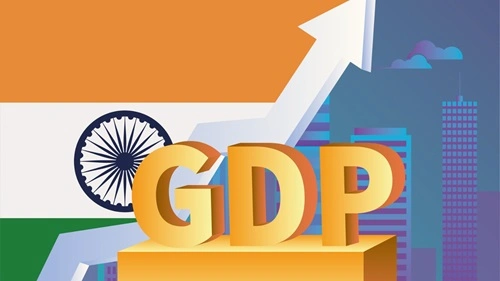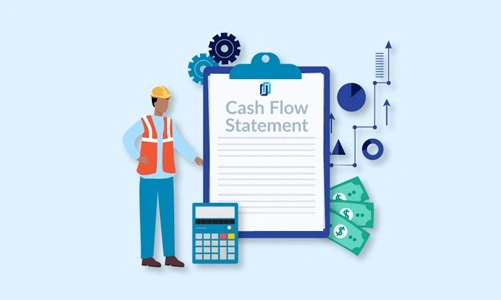India’s economy, once a beacon of rapid growth, is experiencing a notable slowdown, raising concerns among policymakers, industry leaders, and investors. Recent data indicates that the nation’s Gross Domestic Product (GDP) growth has decelerated to 5.4% in the July-September quarter of the fiscal year 2024-25, marking the lowest rate in seven quarters.
Key Factors Contributing to the Slowdown

- Declining Consumer Spending: Despite previous increases in household consumption, recent trends show a weakening in consumer spending, particularly outside the luxury market. This decline is attributed to factors such as poor job growth, stagnating wages, and the impact of technology on employment. The middle class, a crucial driver of consumption, is facing income stagnation, leading to reduced spending power.
- Industrial Activity Slowdown: The International Monetary Fund (IMF) has highlighted a sharper-than-expected slowdown in India’s industrial sector. This deceleration has contributed to the IMF’s projection of a 6.5% growth rate for India until 2026, indicating a need for revitalization in industrial production and manufacturing.
- Currency Depreciation and Inflationary Pressures: The Indian rupee has experienced significant depreciation against the U.S. dollar, complicating monetary policy decisions. A weaker rupee contributes to higher import costs, particularly for essential commodities like oil, thereby fueling inflation. This scenario challenges the Reserve Bank of India’s (RBI) ability to implement interest rate cuts aimed at stimulating growth.
Government and Industry Responses
In response to the economic slowdown, Indian Finance Minister Nirmala Sitharaman is preparing to present the national budget on February 1, 2025. The industry is advocating for measures to boost growth, including income tax cuts and incentives for electronics manufacturers. The Confederation of Indian Industry (CII) has recommended reducing fuel and income taxes, increasing benefits under state-backed schemes, and offering consumption vouchers to low-income groups to stimulate demand.
Despite the broader economic challenges, certain sectors exhibit resilience. Nadir Godrej, chairman of Godrej Industries Group, expressed confidence in the Indian housing market, stating that it shows immunity to the economic slowdown. Godrej highlighted that demand, particularly from affluent individuals, continues to drive housing prices upward.
Outlook and Strategic Considerations
The Reserve Bank of India projects a 6.2% GDP growth for the October-December quarter, anticipating a rebound as domestic demand strengthens. Public investment in infrastructure is expected to stimulate growth in key sectors. However, persistent food inflation requires close monitoring to prevent further erosion of consumer purchasing power.
Economists emphasize the importance of structural reforms to address the underlying issues contributing to the slowdown. Enhancing job creation, improving wage growth, and investing in skill development are critical to revitalizing consumer confidence and spending. Additionally, policies aimed at boosting industrial production and export competitiveness are essential to sustain long-term economic growth.
Conclusion
India’s current economic slowdown serves as a pivotal moment for introspection and strategic action. While certain sectors demonstrate resilience, the overall trajectory underscores the need for comprehensive policy interventions and structural reforms. By addressing the root causes of the slowdown and implementing targeted measures, India can navigate these challenges and restore its path toward robust economic growth.

